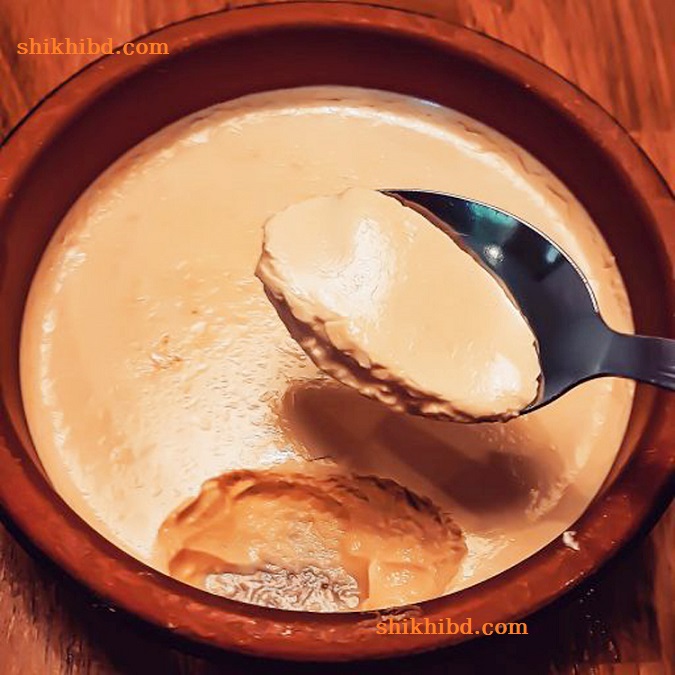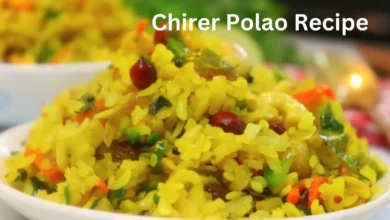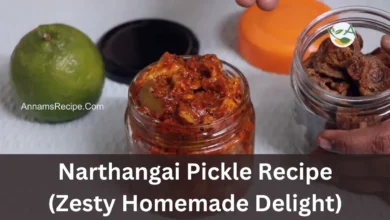Eromba Recipe: Savor the Authentic Flavors of Manipur
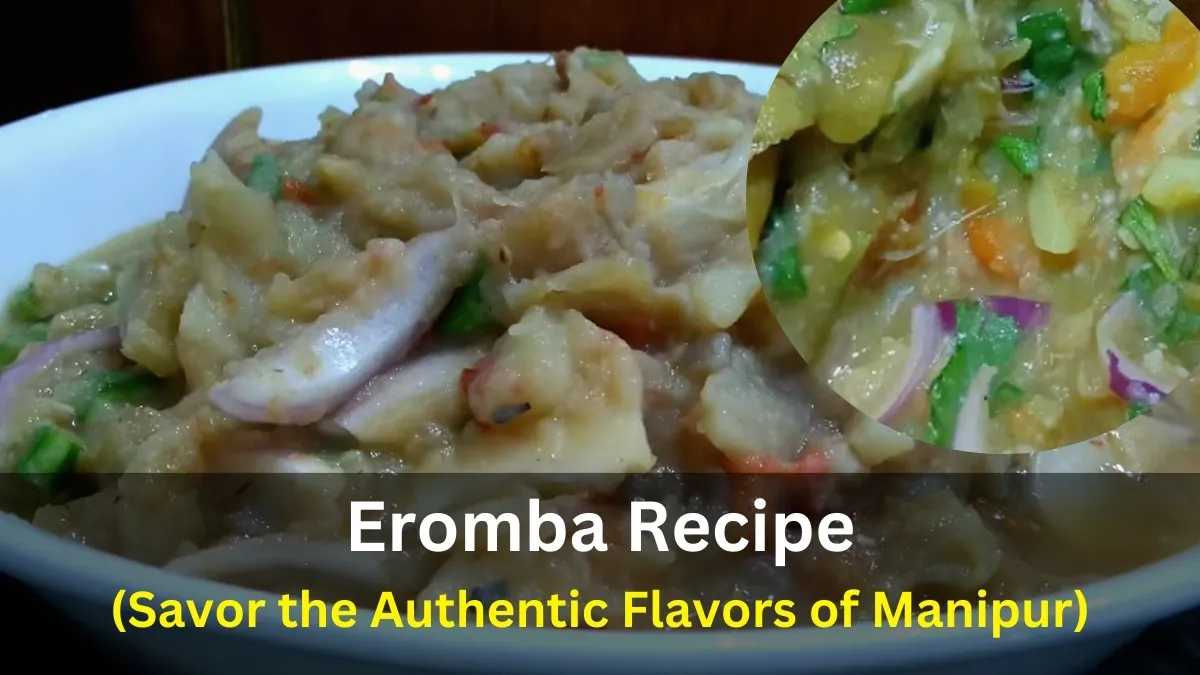
Eromba recipe is a traditional dish from Manipur, Northeast India, known for its simple yet profound flavors that embody the region’s culinary traditions.
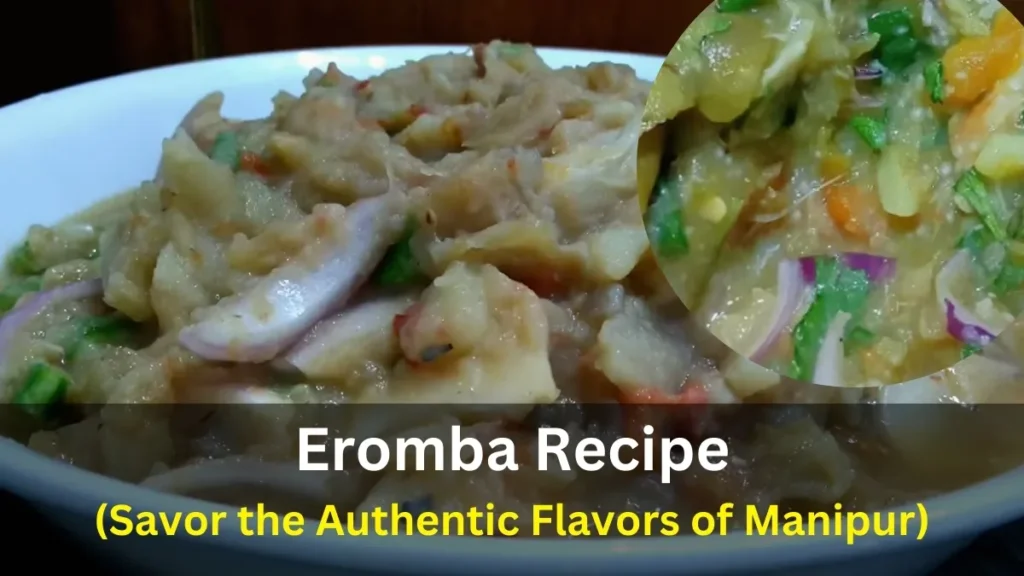
This hearty comfort food is made by boiling local vegetables and mashing them with fermented fish, known as Ngari, adding a distinctive umami flavor. As a staple food in Manipur, Eromba offers insight into the everyday life, eating habits, and sustainable living practices of its people, highlighting the seamless fusion of local ingredients and cultural gastronomy in every bite.
Manipuri Eromba Recipe
Manipur’s dishes celebrate local produce. With valleys, hills, and a climate favoring a variety of crops, Eromba is a melange of fresh vegetables and fermented fish, a staple influenced by the state’s geography. Unique ingredients like stink beans (Yongchak) and bamboo shoots add distinct flavors that can only be attributed to the local soil.
Essential Ingredients For Traditional Eromba
Key Vegetables And Proteins
At the core of Eromba, you find a balance of nutritious vegetables and proteins. These ingredients form the foundation of the dish:
- Starchy vegetables: Boiled potatoes act as a base, creating a creamy texture.
- Greens: Traditional Eromba often includes local leaves, like chameleon plant and water dropwort.
- Bamboo shoots: They add a crunchy contrast and earthy tones.
- Fish varieties: Ngari (fermented fish) and fresh local fish like Rohu bring umami flavors.
Local Herbs And Seasonings
Eromba gets its unique taste from the herbs and seasonings distinct to Manipuri cuisine:
- Chilies: Smoked or dried, they give Eromba its heat.
- Foraged herbs: Local varieties like Maroi nakuppi (Chinese chives) infuse an aromatic note.
- Spices: Minimal yet essential, turmeric and salt fine-tune the dish’s flavor.
Step-by-step Cooking Guide
Unveil the flavors of Manipur with our Eromba recipe guide, an authentic blend of mashed vegetables and fermented fish. This step-by-step guide simplifies traditional cooking techniques, ensuring a savory and aromatic dish that tingles your taste buds.
Navigating through the aromatic lanes of Manipuri cuisine brings us to Eromba, a comfort dish deeply rooted in tradition. This guide simplifies the cooking process for home chefs of all levels. By breaking down each step, we ensure a delightful culinary adventure that culminates in a savory feast for the senses.
Preparing The Vegetables
For this, first take potatoes, tomatoes, and various greens, and wash them thoroughly with clean water. Then, in a pot of water, boil the potatoes until they are soft. Afterward, drain the water and let it cool. These preparatory steps form the heart of making Eromba.
Mashing Techniques And Tips
- Select a flat plate or bowl for mashing.
- Use a traditional masher or a flat spoon.
- Gently combine the boiled vegetables, incorporating them harmoniously into a paste.
- Add salt to taste and continue mashing.
- Consistency matters: aim for a smooth, uniform texture without any large lumps.
Cooking The Accompaniments
Chilies and fish are indispensable complements to Eromba. To enhance their flavors, fry these ingredients separately with chilies until they turn slightly brown. After that, fry the fish until it is golden and crispy, and finally, mix everything together to blend the distinct flavors into the dish.
Once cooked, mix the fish and chilies with the mashed vegetables. Combine them well to ensure the flavors meld together, creating a rich, harmonious blend.
Final touches involve garnishing the dish. Use fresh herbs like coriander leaves. They bring a burst of color and a refreshing note to the palette—gently stir them into the mix just before serving.
The result is a steaming bowl of Eromba, ready to be relished with loving company. Serve hot and enjoy the authentic taste of Manipur with every spoonful.
Serving And Presentation
A feast for the senses, the right serving and presentation of Eromba can transport you to the beautiful hills of Northeast India with just one bite.
Traditional Utensils And Dinnerware
Serving Eromba in traditional containers made from bell metal or bamboo perfectly embodies the culture of Manipur. Moreover, these materials are not only environmentally friendly but also add a unique flavor to the dish. Using traditional Manipuri ceramics or wooden plates can also enhance the experience.
- Bell metal handis for serving
- Bamboo baskets for side dishes
- Wooden spoons for an authentic touch
Garnishing Eromba For Visual Appeal
Presenting a dish of Eromba in a certain way will amaze your guests at home and make them eager to taste it. To achieve this, sprinkle fresh herbs or add a dollop of burning red chili oil to the plate, giving it a pop of color and texture. This not only enhances the visual appeal but also enriches the flavor, making the dining experience memorable and enticing.
| Garnishing Element | Effect on Presentation |
| Chopped coriander | Adds a vibrant green hue |
| Chopped spring onions | Brings crunch and freshness |
| Chili oil | Gives a glistening, spicy sheen |
Pairing Eromba With Other Manipuri Dishes
Complementary Flavors And Textures
- Chakhao Kheer: A dessert made with Manipuri black rice, milk, and sugar, providing a creamy and sweet contrast.
- Singju: A crunchy salad composed of seasonal greens, it adds a fresh crunch that complements the mushy texture of Eromba.
- Ooti: This protein-packed legume dish brings earthiness and helps balance the heat of Eromba.
Creating A Balanced Meal
Create a well-rounded meal by including a variety of dishes. Start with Eromba as your spicy base. Add a serving of Ooti for its heartiness and protein content. Singju, a tangy and crunchy salad can follow, offering a refreshing bite. Finally, conclude your meal with the comforting sweetness of Chakhao Kheer, rounding off the spicy and savory flavors of your main dish.
- Eromba: Begin with this spicy and tangy mashed vegetable dish.
- Ooti: Follow with this wholesome and protein-rich legume dish.
- Singju: Then enjoy a refreshing bite of this zesty salad.
- Chakhao Kheer: Conclude with a sweet note of creamy black rice pudding.
Connoisseurs Speak: Testimonials And Tips
Eromba, a traditional Manipuri dish, melds simple ingredients into complex flavors. This post honors the voices of those who have wooed palates with their iterations of Eromba. Read on for insider tips and heartwarming testimonials from seasoned chefs and passionate home cooks alike.
Experiences From Chefs And Home Cooks
Chefs and home cooks share a love for Eromba’s versatility. They tout it as a perfect canvas for showcasing culinary skills.
- “Eromba is harmony in a bowl,” reveals Chef Kishore from Imphal.
- “A soulful dish that reminds me of home,” says Nirmala, a home cook from Delhi.
- “My kids love the burst of flavors,” beams Sunil, a food blogger.
Variations And Personal Touches
Every Eromba recipe holds a special signature touch. These variations make each experience unique.
| Cook | Variation | Tip |
| Meena | Added smoked bamboo shoots | Smoke up your Eromba for an earthy twist |
| Ajay | Used cherry tomatoes instead | Cherry tomatoes add a sweet pop to the dish |
| Rita | Threw in some fermented fish | Fermented fish intensifies the umami flavor |
Experimentation is the soul of Eromba. Home cooks suggest starting with the classic recipe and then improvising to suit your taste.
You can read: Jadoh Recipe (Meghalaya Khasi Pulao Recipe).
Conclusion,
Immerse yourself in the vibrant flavors of Manipur, relive the regional culinary heritage with a taste of Eromba recipes. This is a recipe that is very popular as a balanced diet for Manipuris.
